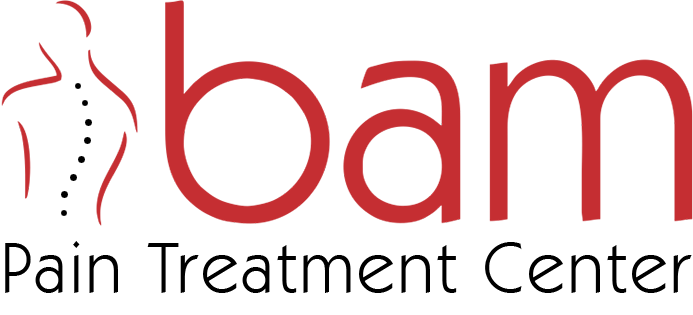We diagnosed with MR, examined and diagnosed nerve root damage by nerve test, and in good treatment?
Treatment of a patient with MR but without examination and nerve root damage in EMG is relatively easy. Such hernias recover quickly with rest, medication, manual therapy and short-term physical therapy (average 10 sessions).
The approach should be more rigorous, careful, and generally longer in patients with nerve root damage indication with physical examination and EMG.
First of all, are there any situations (red flags) that require emergency surgery? These are taken care of. At the beginning of the emergency surgery cases, there is a full fall in the affected foot and symptoms of spinal cord lesions. Some of these symptoms are partial paralysis in the legs, urine and great ablution. If there is no need for urgent surgery, the first thing to do is to remove the nerve root damage and pain associated with the hernia. For this, pain reliever, muscle relaxant medications, nerve root sedation and anti-inflammatory medication are administered.
Spinal Intervention Treatments:
The most effective treatments for the nerve root in this period are epidural nerve blockage. Pressure on the nerve root causes inflammation and edema in the nerve root. The cause of pain and numbness is the nerve root inflammation and edema. Epidural therapy is attempted to remove edema and inflammation in the nerve root. After this treatment, which is done under ultrasound guidance with a long spinal needle from the lower part of the waist, the pain caused by the waist is largely lost. Loss of the pain does not mean that it is fully recovered. Therefore, rest and corset must be used. Because of the back pain, rest varies between 2 days and 2 weeks depending on the condition of the patient. The corset should be used for a maximum of 2 weeks. Using a corset for a longer period of time can result in worse results as it weakens the muscles.
Physiotherapy and rehabilitation in the back
No! The acute phase starts with the main treatment for the lumbar spine after being treated with the treatments mentioned. Physical therapy and rehabilitation. Electricity from physical therapies, reduction of pain; superficial and deep heaters and laser, in recovering the flexibility of the tissues; while the traction is effected by pushing back the foot. Special exercises called therapeutic exercises are specially designated for each patient by the Physical Therapy specialist. These exercises have the effect of preventing the re-emergence of the prosthesis by providing reshaping of the muscles and ligaments of the waist circumference.
Treatment methods in belly button respectively
- Medication
- Injection treatments
- Corsets
- Rest
- Spinal interventional treatments (epidural, transforminal, prolotherapy, neural therapy, acupuncture)
- Manual therapy
- Physiotheraphy
- Exercise
- Surgery
When do you need surgery on your back?
We can separate two groups of patients who need surgery in the back.
1. Emergencies:
• Drop foot
• Signs of severe spinal cord compression (incontinence of urine and major abdomen, stroke)
2. Non-emergency situations
• Progressive neurological damage (determination of loss of strength and loss of sensation during follow-up of the patient)
• Unacceptable pain (if the patient's pain does not pass despite all treatments)

